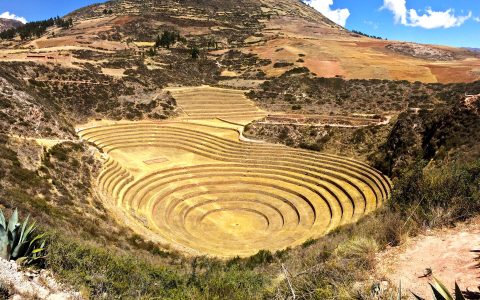The Mysterious Origins of Machu Picchu
Was it a religious outpost, a defensive site, a convent of Inca nuns or an observatory to the heavens? The reason for Machu Picchu’s existence remains as much a mystery today as when Hiram Bingham and his college cronies rediscovered the site in 1911.
Hiram Bingham
The Man who (Accidentally) Found Machu Picchu

After his graduation from Yale University, Bingham, who had long been intrigued by stories of lost Incan cities, organized a seven-man expedition under the auspices of Yale University and the National Geographic Society.
Their mission was to explore the uncharted territories surrounding the ancient Incan capital of Cuzco.
The expedition had good fortune from the very start—they discovered three major Incan sites within the first month of their explorations. Though important, these findings paled in comparison to the site that they would stumble upon later in their journey.
 One night, while camping on the edge of the Urubamba River, a local campesino named Melchor Artego passed by, curious and suspicious of the foreigners who were so far off the beaten path.
One night, while camping on the edge of the Urubamba River, a local campesino named Melchor Artego passed by, curious and suspicious of the foreigners who were so far off the beaten path.
After learning about their quest to find Incan ruins, Artego offered to lead them to some “fine ruins” just above where they were camping.
The next day, the rain dissuaded everyone but Bingham and one of the guards from setting off in search of these ruins; Bingham himself almost turned back at one point due to his fatigue.
What they found that day proved to be one of the greatest archaeological finds of the century. Bingham would later chronicle his discovery in The Lost City of the Incas, where he (incorrectly, as it turned out) popularized Machu Picchu’s moniker, The Lost City.
We Go Slow. Inca Trail Passes Go Fast.
We don’t make exceptions to the whole “Slow Down to See the World” thing lightly, so believe us when we say: this one’s worth it. Inca Trail passes are limited, so book our Peru Family Adventure trip early in order to commune with this ancient and fascinating culture in person.
DETAILED ITINERARYEmbellishment and Controversy
 Bingham proved to be a better storyteller than explorer, heartily embellishing the tale of Machu Picchu’s discovery.
Bingham proved to be a better storyteller than explorer, heartily embellishing the tale of Machu Picchu’s discovery.
For instance, his telling of the story would have his readers believe that he had explicitly been searching for Machu Picchu, discovering it thanks to a great effort on his part. He described a harrowing journey that required trekking through thick jungle brush and ended with the discovery of the long-sought after ruins, which he described as being shrouded in dense vegetation.
But Bingham’s flair for embellishment was later revealed when his son, Alfred, found letters that Bingham had written to his wife shortly after the discovery in 1911.
In them, Bingham contradicts much of what he would later publish, telling her that the path to Machu Picchu was in fact a modern road system (which were common in the Inca Empire) not far from a populated farming region– a stark contrast from the difficult journey to a remote and isolated location, as he described it to the world.
Alfred also uncovered photos that further refuted his father’s famous account, which clearly show that the ruins were clear and open, not covered in vegetation as Bingham had said.
Clouded in Mystery
The cloud of mystery behind the site is one of the main reasons that it has survived in this preserved state for so many years.

Most of what we know about the Inca culture owes to the Spanish conquerors of the period who documented and wrote about their findings. However, there were no writings addressing Machu Picchu, for the simple reason that the Spanish were not aware of its existence.
Today, what we know about Machu Picchu has been aggregated from the events of the époque and combined with experts’ interpretations of the different functions of the structures that make up the site.
MORE FROM Latin America + Peru
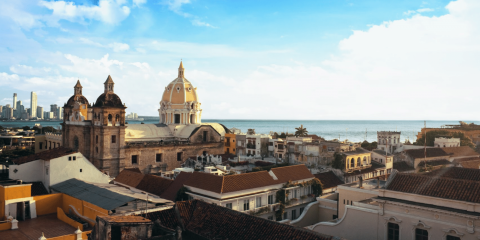
Reading for the Road: The Best Books About Colombia
Colombia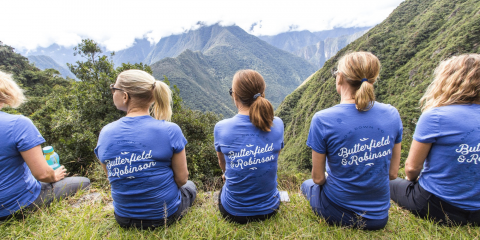
A Wellness Escape to Peru with Butterfield & Robinson
Peru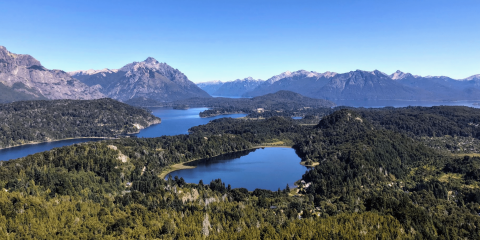
Cruising Through Argentina’s Famous Seven Lakes Road
Argentina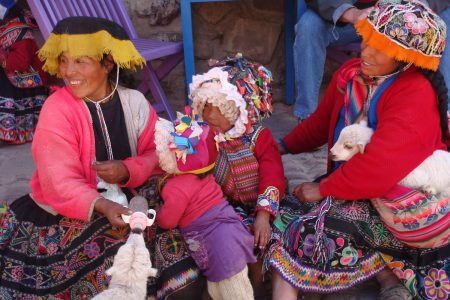
The Slow Fund: Scholarship Fund with Kuska School
Peru
A Taste of South America at Home: Argentinian Beef Empanadas
Argentina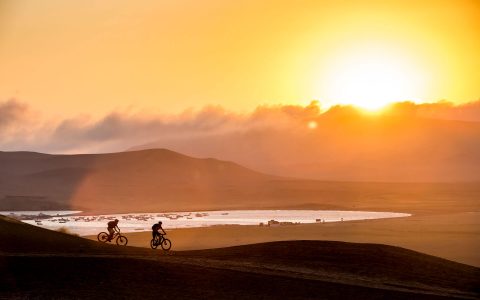
Bespoke Stories: An Off-the-Grid Adventure for a Father & Son in Peru
Peru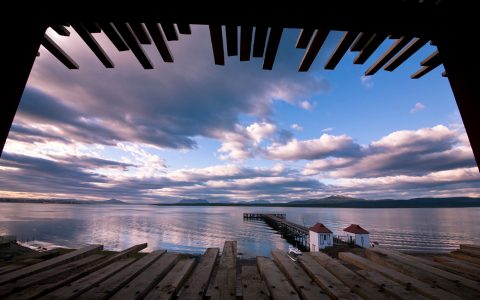
Spectacular Stays: The Singular Patagonia
Chile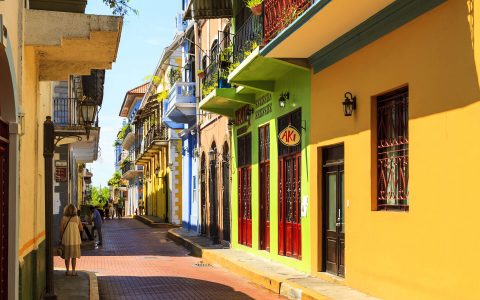
7 Reasons Why You Need to Visit Panama City
Panama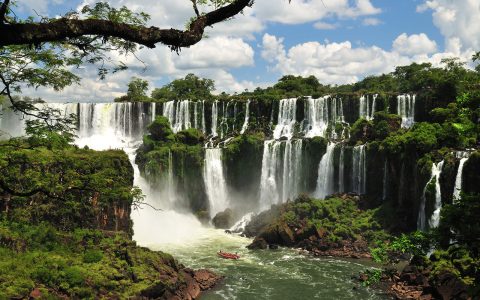
Beyond Buenos Aires: Exploring Northern Argentina
Argentina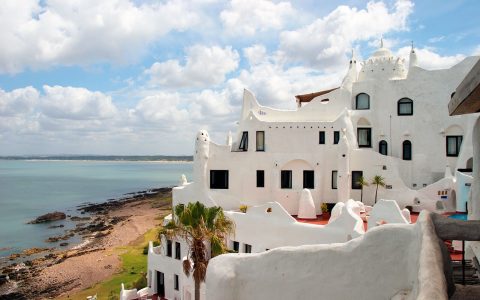
South America’s Best-Kept Secret: Uruguay
Uruguay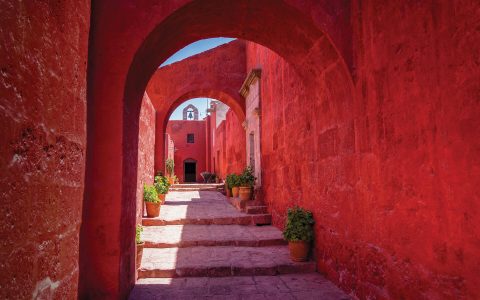
Off the Beaten Trail in Peru
Peru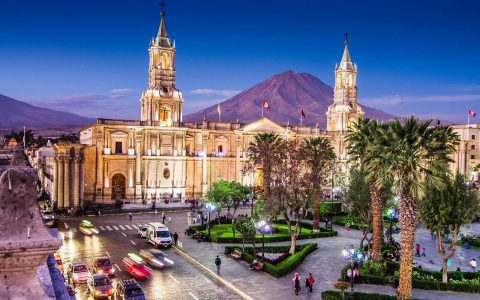
A New Side of Peru: Arequipa & the Colca Canyon
Peru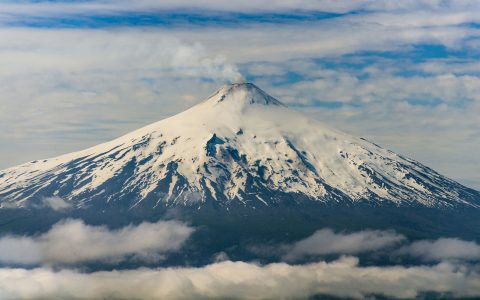
Lakes & Volcanoes of Chile and Argentina
Argentina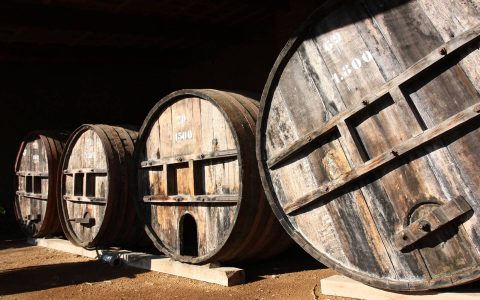
8 Must-Drink Wines From Chile and Argentina
Argentina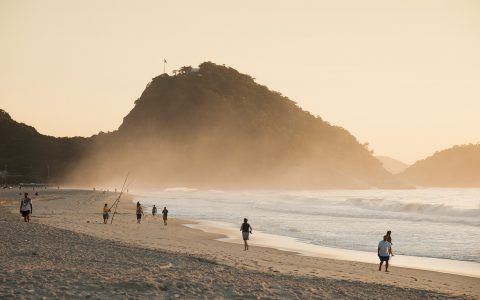
Our Favourite 14 Bars in the Americas
Latin America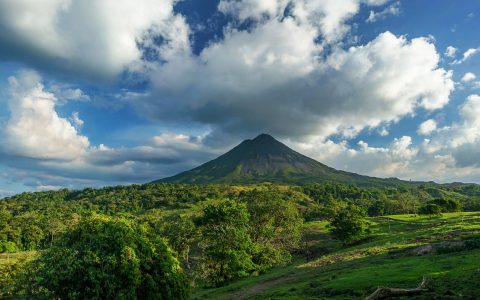
The Best Time of Year to Visit Costa Rica
Costa Rica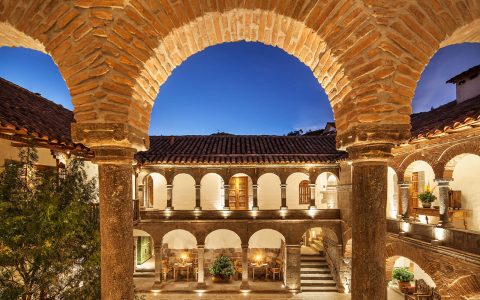
Top 10 Luxury Hotels in Peru
Peru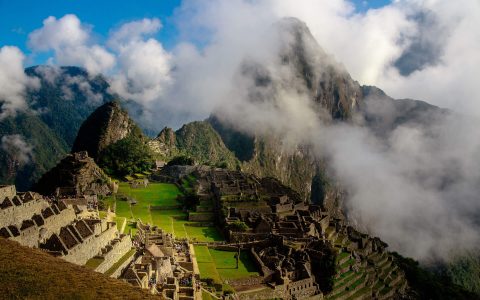
Reading for the Road: Our Favourite Books About Peru
Peru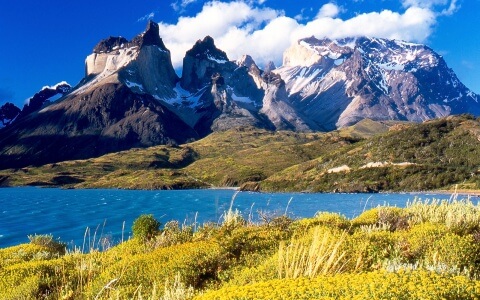
Embracing Extremes in Patagonia
Patagonia


